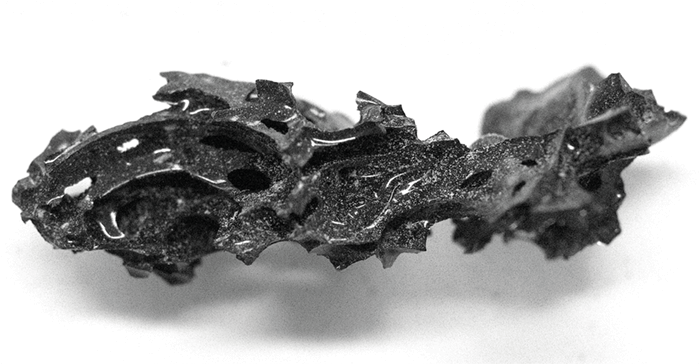In 2019, Pier Paolo Petrone wrote of evidence supporting the instant vaporization of victims’ bodily fluids when Vesuvius erupted in 79 AD in our cover feature, “Stories of the Dead.” Now, further research in Herculaneum has revealed more harrowing consequences of the pyroclastic flow… Vitrified brains.
MS proteomics of atypical glassy material from “The Guardian” of the College of Augustales – an infamous Vesuvius victim with severe thermal damage – identified seven enzymes from the human brain and human hair fatty acids, alongside brain triglycerides. “The vitrification of human tissue indicates extreme temperature exposure followed by rapid cooling,” says Petrone; reflectance analysis of charcoal samples indicate temperatures as high as 520 °C would be required.
“The preservation of ancient brain remains is extremely rare – this is the first discovery of ancient human brain vitrified by extreme heat,” says Petrone.

References
- Petrone P. et al., NEJM, 382(4) 383-384 (2020). DOI: 10.1056/NEJMc1909867




